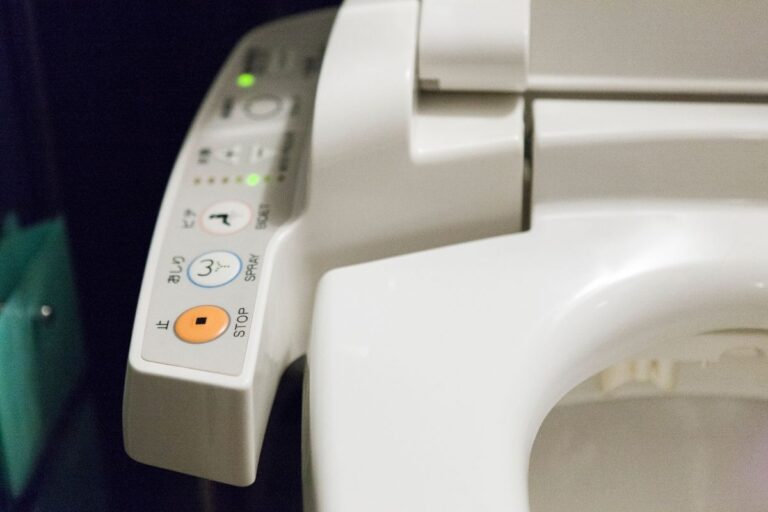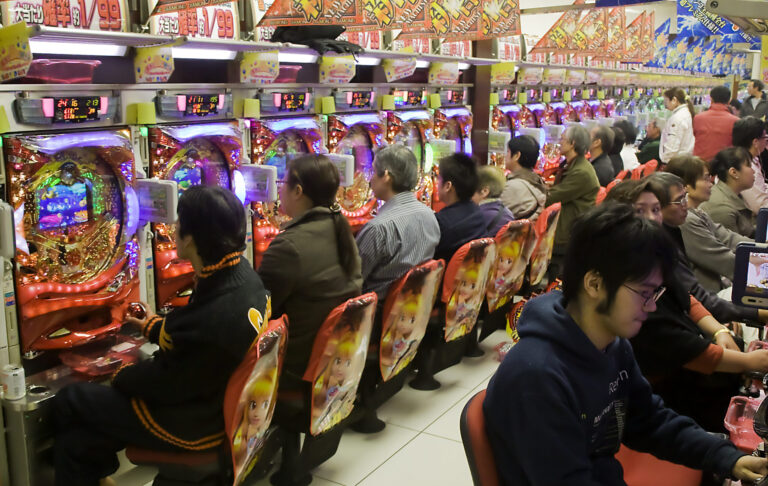The last time we talked about language in this blog, we covered how to say the day and date in Japanese. Conspicuously missing was how to state the year. In this short lesson, we’ll take a look at how to pronounce the year in Japanese, but first you’ll need to review the Numbers Lesson.
There are two ways to state the year in Japanese. The first is based on the international Gregorian calendar, in which this year is considered 2010. To state the year in Japanese according to the Gregorian calendar, simply state the number followed by one pronunciation for the word for “year,” which is “nen.” Just remember that 2010 is not “twenty ten,” but actually “two thousand and ten.” For example:
| Year | Japanese Pronunciation |
| 1910 | sen kyuu-haku juu-nen |
| 1920 | sen kyuu-haku ni-juu-nen |
| 1930 | sen kyuu-haku san-juu-nen |
| 1940 | sen kyuu-haku yon-juu-nen |
| 1950 | sen kyuu-haku go-juu-nen |
| 1960 | sen kyuu-haku roku-juu-nen |
| 1970 | sen kyuu-haku nana-juu-nen |
| 1980 | sen kyuu-haku hachi-juu-nen |
| 1990 | sen kyuu-haku kyuu-juu-nen |
| 2000 | ni-sen-nen |
| 2010 | ni-sen juu-nen |
To get the years in between the decades, just count upwards. For example, 1976 is “sen kyuu-haku nana-juu roku-nen” and 2009 is “ni-sen kyuu-nen.”
There is another way to state the year in Japanese that is based on the Japanese imperial rule. According to this calendar, a year is referred to by the title for the emperor’s reign, the number of years for which he has been crowned emperor at that point, and the word for year, “nen.” (Note: The first year in the emperor’s reign is not referred to as “year 1” [“ichi-nen”], but is instead referred to as “gannen,” which means “original year.”)
Although this system wasn’t widely adopted until the Meiji Era (1868-1912), this system of dating stretches back thousands of years. However, we’ll just worry about the most recent imperial eras here.
| Imperial Era | Years Applicable |
| Meiji | 1868-1911 |
| Taisho | 1912-1925 |
| Showa | 1926-1988 |
| Heiwa | 1989-present |
| Year (Gregorian Calendar) | Year (Imperial Calendar) | Japanese Pronunciation (Imperial Calendar) |
| 1910 | Meiji 43 | Meiji yon-juu san-nen |
| 1920 | Taisho 9 | Taisho kyuu-nen |
| 1930 | Showa 5 | Showa go-nen |
| 1940 | Showa 15 | Showa juu go-nen |
| 1950 | Showa 25 | Showa ni-juu go-nen |
| 1960 | Showa 35 | Showa san-juu go-nen |
| 1970 | Showa 45 | Showa yon-juu go-nen |
| 1980 | Showa 55 | Showa go-juu go-nen |
| 1990 | Heisei 2 | Heisei ni-nen |
| 2000 | Heisei 12 | Heisei juu ni-nen |
| 2010 | Heisei 22 | Heisei ni-juu ni-nen |
The most recent imperial years are sometimes abbreviated with the roman letters “S” for “Showa” and “H” for “Heisei” on official documents.
So how do we say today’s date? First, let’s use what we learned earlier this month to state, “Today is Tuesday, April 20th” in Japanese:
Kyou wa shigatsu hatsuka kayoubi desu.
Remember that the order is: month, day of the month, day of the week. To add the year to that sentence, you should state it in the following order: year, month, day of the month, day of the week. So “Today is Tuesday, April 20th, 2010 (Heisei 22)” is:
Kyou wa ni-sen juu-nen shigatsu hatsuka kayoubi desu.
-or-
Kyou wa Heisei ni-juu ni-nen shigatsu hatsuka kayoubi desu.
How about stating when you were born? State the date, year first, and finish the sentence with “ni umareta (casual)” or “ni umaremashita (polite)” (“[I] was born.”) So “I was born on October 15th, 1983 (Showa 58)” is:
Watashi wa sen kyuu-haku hachi-juu san-nen juugatsu juugo-nichi ni umareta.
-or-
Watashi wa sen kyuu-haku hachi-juu san-nen juugatsu juugo-nichi ni umaremashita.
-or-
Watashi wa Showa go-juu hachi-nen juugatsu juugo-nichi ni umareta.
-or-
Watashi wa Showa go-juu hachi-nen juugatsu juugo-nichi ni umaremashita.
What year were you born? Practice converting it into the imperial equivalent. State your full birthday in Japanese. Continue practicing by stating the full birthdays of all of your friends and family members.
No related posts.
Tags: birthday, date, imperial year, japan, japanese, japanese calendar, japanese language, year



